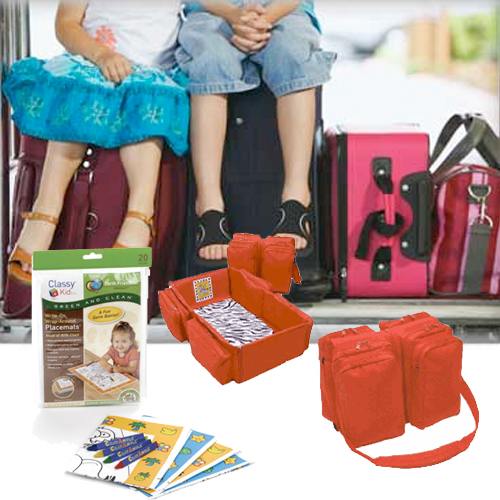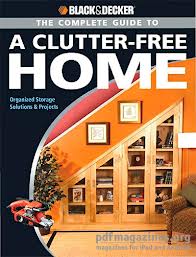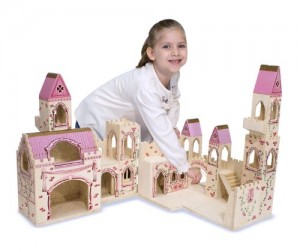My kids learn a lot when we travel, and as a parent and teacher, I love the aspect of finding new ways to teach new things in fun way. Field trip are local or far away travel vacation that are educational as well as they are fun for all.
Here are some free and cheap Field Trip Ideas for every parent.
Here are a few more free and frugal field trip ideas:
- local restaurant
- Post Office
- Camping
- The City Building
- Local Manufacturing Plant
- Car Dealership
- Restaurant or Pizza Place
- Visit a sports team
- Animal Shelter
- Veterinarian
- Recycling Center or County Dump
- Volunteer at a Soup Kitchen or Local Ministry
- Newspaper
- Nursing Home
- 9-1-1 Call Center
- Rock Quarry
- Courthouse
- Waste Treatment Plant
- State Park
- Fish Hatchery
- A Jeweler
- Tree Farm
- Seasonal Fruit Farm
- National Park or Battlefield
- Historical Landmarks or Structures
- Bee Keeper
- Hardware Store
- State Highway Patrol
- Your State Capital
- A Local Artist’s Studio
- Manufacturing Plants
- Local Craft Store classes
- Historical Homes,
- Churches, Temple etc
- Beach
- Museums
- Lake, River
- Farm
- Aquarium
- Petting zoo
- Hay Rides
- Gardens
- Hiking
- Bird Watching
- National Parks
- Theme Park
- Visiting relatives
- Other culture and Countries
- Train Rides
- Boat Ride
- Road Trips
- Visiting work place of relative
- Skiing
- Planetarium
- Science Museums
- Local Fair
- Food Festivals
- Harvest Festivals
Okay only stopping thing is your imagination as you can see, kids and parents can have lot of learning opportunities. Some of the field trip activities may not be free or cheap but most of them are. You do not have to spend a lot of money to have fun or teach your kids through field trip.
Further Information check out:
Weird U.S.: A Freaky Field Trip Through the 50 States
The A to Z Guide to Home School Field Trips
Ten-Minute Field Trips, Third Edition : Good old fashioned outdoor field trip
Did I miss any ideas? How do you plan your field trips with kids?
This is from site Travel Ideas with kids . As a homeschooling family, we do lot of learning through museum, field trip travel that are fun, with hands on experience that kids enjoy exploring and learn by doing. My kids look forward to such a hand on experience and learn a lot.
Source: Fun Field Trip Ideas




